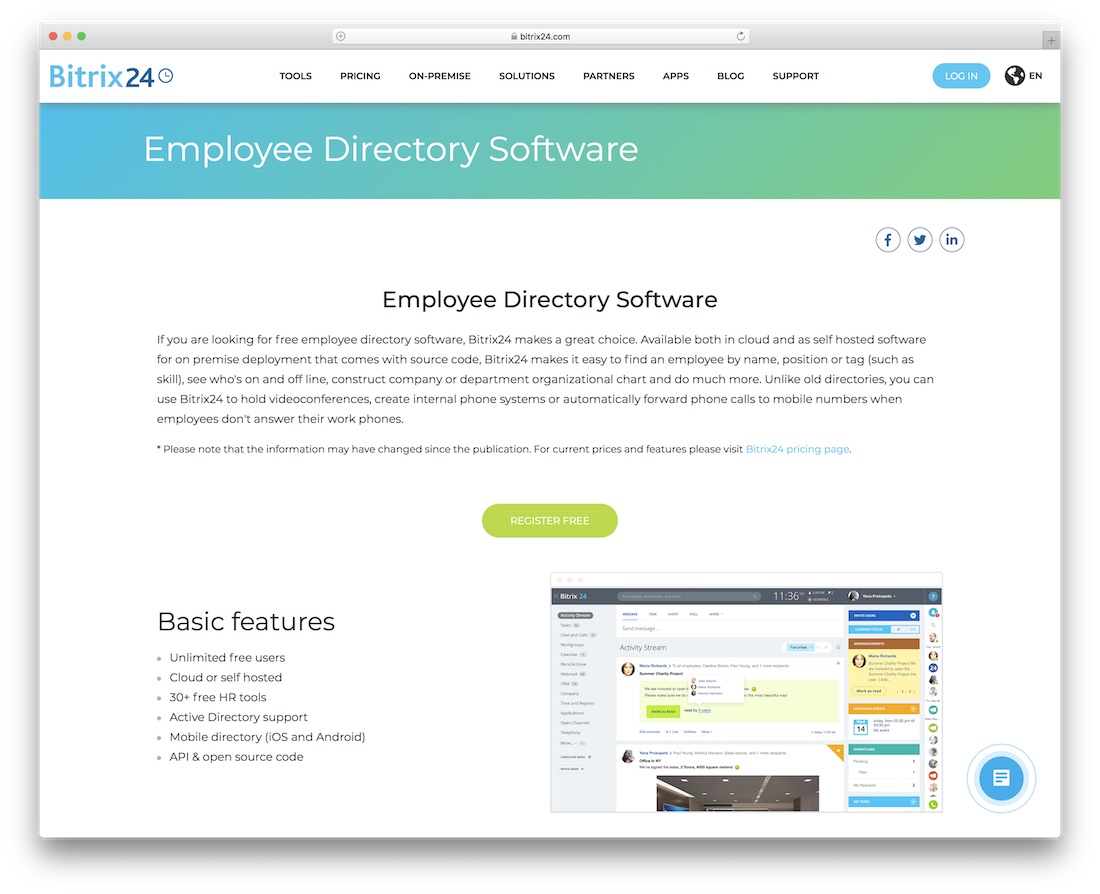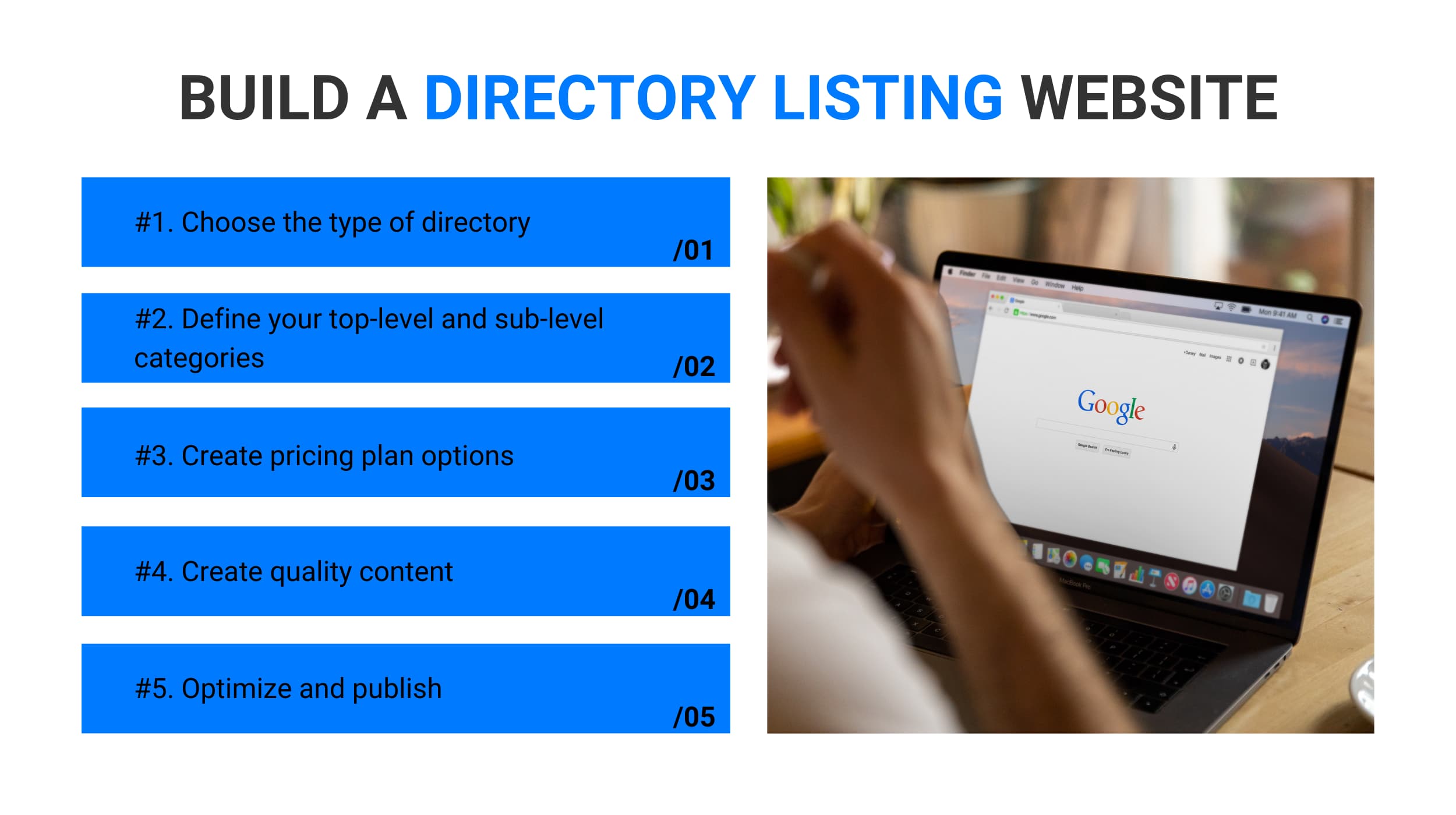Understanding the Importance of a Website Directory
A well-organized website directory is essential for providing users with a seamless and efficient online experience. By creating a comprehensive directory, website owners can improve user engagement, increase website visibility, and enhance search engine optimization (SEO). A website directory serves as a centralized hub for users to access relevant information, products, or services, making it easier for them to find what they’re looking for.
When users can quickly and easily find the information they need, they are more likely to stay on the website, explore other pages, and ultimately convert into customers. A website directory also helps search engines like Google understand the structure and content of the website, improving its visibility in search engine results pages (SERPs). By including relevant keywords and phrases in the directory, website owners can also improve their website’s SEO, driving more organic traffic to the site.
In today’s digital age, having a website directory is no longer a luxury, but a necessity. With the vast amount of information available online, users expect to find what they’re looking for quickly and efficiently. A website directory helps to organize and categorize content, making it easier for users to navigate and find relevant information. By understanding the importance of a website directory, website owners can take the first step towards creating a comprehensive and user-friendly online directory.
Creating a website directory requires careful planning and execution. It involves defining the purpose and scope of the directory, choosing the right software or platform, designing an intuitive directory structure, and populating the directory with high-quality content. By following these steps, website owners can create a website directory that provides value and usefulness to their users, ultimately driving more traffic, engagement, and conversions.
When it comes to creating a website directory, there are several options available. Website owners can choose from self-hosted solutions like WordPress and Joomla, or third-party platforms like DirectoryEngine and ListingPro. Each option has its pros and cons, and website owners must carefully consider their needs and goals before making a decision. By understanding the importance of a website directory and taking the necessary steps to create one, website owners can improve their online presence and provide a better user experience for their visitors.
Defining Your Directory’s Purpose and Scope
Before creating a website directory, it’s essential to define its purpose and scope. This involves identifying the target audience, determining the types of content to be included, and establishing clear goals for the directory. By understanding the purpose and scope of the directory, website owners can create a more focused and effective online directory that meets the needs of their users.
Identifying the target audience is a critical step in defining the purpose and scope of the directory. This involves understanding the demographics, interests, and needs of the users who will be accessing the directory. By knowing the target audience, website owners can tailor the content and features of the directory to meet their specific needs, increasing user engagement and satisfaction.
Defining the types of content to be included in the directory is also crucial. This involves determining the categories and subcategories of content that will be included, as well as the types of listings that will be featured. By clearly defining the types of content, website owners can ensure that the directory is comprehensive and relevant to the target audience.
Establishing clear goals for the directory is also essential. This involves determining what the directory is intended to achieve, such as increasing website traffic, generating leads, or providing a resource for users. By setting clear goals, website owners can measure the success of the directory and make adjustments as needed.
When defining the purpose and scope of the directory, website owners should also consider the types of features and functionality that will be included. This may include features such as search and filtering, user reviews and ratings, and social sharing options. By including these features, website owners can create a more engaging and interactive directory that meets the needs of their users.
By taking the time to define the purpose and scope of the directory, website owners can create a more effective and user-friendly online directory. This involves understanding the target audience, defining the types of content, establishing clear goals, and including relevant features and functionality. By following these steps, website owners can create a directory that provides value and usefulness to their users, ultimately driving more traffic, engagement, and conversions.
When it comes to creating a website directory, defining the purpose and scope is a critical step. By understanding the target audience, defining the types of content, and establishing clear goals, website owners can create a more focused and effective online directory. This is an essential step in the process of how to make a website directory, as it sets the foundation for the rest of the project.
Choosing the Right Directory Software or Platform
When it comes to creating a website directory, one of the most important decisions is choosing the right software or platform. With so many options available, it can be overwhelming to determine which one is best for your needs. In this section, we will discuss the various options for creating a website directory, including self-hosted solutions like WordPress and Joomla, and third-party platforms like DirectoryEngine and ListingPro.
Self-hosted solutions like WordPress and Joomla offer a high degree of flexibility and customization. These platforms allow you to create a directory from scratch, using a variety of plugins and extensions to add features and functionality. However, they also require a significant amount of technical expertise and can be time-consuming to set up and maintain.
Third-party platforms like DirectoryEngine and ListingPro, on the other hand, offer a more streamlined and user-friendly experience. These platforms provide a pre-built directory template and a range of features and functionality, making it easy to create a directory quickly and easily. However, they may also be more limited in terms of customization and flexibility.
When choosing a directory software or platform, it’s essential to consider your specific needs and goals. If you’re looking for a high degree of customization and flexibility, a self-hosted solution may be the best option. However, if you’re looking for a more streamlined and user-friendly experience, a third-party platform may be the way to go.
Another important consideration is the level of support and maintenance required. Self-hosted solutions typically require more technical expertise and can be more time-consuming to maintain, while third-party platforms often provide more comprehensive support and maintenance.
Ultimately, the choice of directory software or platform will depend on your specific needs and goals. By considering the pros and cons of each option, you can make an informed decision and create a website directory that meets your needs and provides value to your users.
When it comes to how to make a website directory, choosing the right software or platform is a critical step. By selecting a platform that meets your needs and provides the features and functionality you require, you can create a directory that is both effective and user-friendly.
In addition to the options mentioned above, there are also a range of other directory software and platforms available, including GeoDirectory, Directory Pro, and Sabai Directory. Each of these platforms has its own unique features and functionality, and may be worth considering depending on your specific needs and goals.
Designing an Intuitive Directory Structure
When it comes to creating a website directory, designing an intuitive directory structure is crucial for providing users with a seamless and efficient online experience. A well-organized directory structure helps users quickly and easily find the information they need, reducing bounce rates and increasing engagement.
A logical and user-friendly directory structure involves organizing content into categories and subcategories. This helps users navigate the directory and find relevant information quickly. When creating categories and subcategories, it’s essential to use clear and concise names and descriptions that accurately reflect the content.
One effective way to design an intuitive directory structure is to use a hierarchical approach. This involves creating a main category and then breaking it down into subcategories. For example, a directory for a travel website might have a main category for “Destinations” and subcategories for “Europe,” “Asia,” and “Africa.”
Another important consideration is the use of keywords and phrases in category names and descriptions. This helps search engines like Google understand the structure and content of the directory, improving its visibility in search engine results pages (SERPs).
When designing an intuitive directory structure, it’s also essential to consider the user experience. This involves thinking about how users will interact with the directory and what they will be looking for. By putting yourself in the user’s shoes, you can create a directory structure that is both logical and user-friendly.
In addition to organizing content into categories and subcategories, it’s also important to consider the use of tags and filters. Tags help users quickly and easily find related content, while filters provide a way to narrow down search results. By incorporating these features into your directory structure, you can provide users with a more intuitive and user-friendly experience.
When it comes to how to make a website directory, designing an intuitive directory structure is a critical step. By organizing content into categories and subcategories, using clear and concise names and descriptions, and incorporating features like tags and filters, you can create a directory that is both logical and user-friendly.
By following these tips and best practices, you can create a website directory that provides value and usefulness to your users, ultimately driving more traffic, engagement, and conversions.
Populating Your Directory with Quality Content
Creating high-quality content is essential for a successful website directory. The content should be engaging, informative, and relevant to the target audience. In this section, we will discuss the importance of developing a content strategy and provide tips for writing engaging descriptions, selecting relevant images, and optimizing content for SEO.
A well-planned content strategy is crucial for creating a comprehensive and user-friendly directory. This involves identifying the types of content to be included, determining the tone and style of the content, and establishing a routine for updating and maintaining the content.
When writing descriptions for your directory, it’s essential to make them engaging and informative. This involves using clear and concise language, including relevant keywords and phrases, and providing enough information to help users make informed decisions.
Selecting relevant images is also important for creating a visually appealing directory. This involves using high-quality images that are relevant to the content, optimizing image file sizes for fast loading times, and including alt tags and descriptions for SEO.
Optimizing content for SEO is also crucial for improving the visibility of your directory in search engine results pages (SERPs). This involves using relevant keywords and phrases, optimizing meta tags and descriptions, and creating high-quality backlinks to the directory.
When it comes to how to make a website directory, creating high-quality content is a critical step. By developing a content strategy, writing engaging descriptions, selecting relevant images, and optimizing content for SEO, you can create a directory that provides value and usefulness to your users.
In addition to the tips and best practices mentioned above, it’s also important to consider the user experience when creating content for your directory. This involves thinking about how users will interact with the directory and what they will be looking for. By putting yourself in the user’s shoes, you can create content that is both informative and engaging.
By following these tips and best practices, you can create a website directory that is both comprehensive and user-friendly. This will help to improve the visibility of your directory in search engine results pages (SERPs), drive more traffic and engagement, and ultimately increase conversions.
Implementing Effective Search and Filtering Functionality
Providing users with robust search and filtering functionality is essential for a successful website directory. This allows users to quickly and easily find what they’re looking for, reducing bounce rates and increasing engagement.
One of the most important features to implement is a keyword search function. This allows users to search for specific keywords and phrases, and returns relevant results from the directory. When implementing a keyword search function, it’s essential to consider the user experience and provide features like autocomplete and suggested searches.
Category filtering is another important feature to implement. This allows users to filter search results by category, making it easier to find relevant information. When implementing category filtering, it’s essential to consider the directory structure and provide clear and concise category names and descriptions.
Sorting options are also an important feature to implement. This allows users to sort search results by relevance, alphabetical order, or other criteria. When implementing sorting options, it’s essential to consider the user experience and provide features like default sorting and customizable sorting options.
When implementing search and filtering functionality, it’s also essential to consider the technical aspects. This includes optimizing database queries for fast loading times, using relevant keywords and phrases in meta tags and descriptions, and creating high-quality backlinks to the directory.
By implementing effective search and filtering functionality, you can create a website directory that provides value and usefulness to your users. This will help to improve the visibility of your directory in search engine results pages (SERPs), drive more traffic and engagement, and ultimately increase conversions.
In addition to the features mentioned above, it’s also important to consider the user experience when implementing search and filtering functionality. This involves thinking about how users will interact with the directory and what they will be looking for. By putting yourself in the user’s shoes, you can create a directory that is both intuitive and user-friendly.
When it comes to how to make a website directory, implementing effective search and filtering functionality is a critical step. By providing users with robust search and filtering functionality, you can create a directory that is both comprehensive and user-friendly.
Ensuring Directory Maintenance and Updates
Regularly updating and maintaining your website directory is crucial for ensuring its continued relevance and effectiveness. This involves establishing a routine for reviewing and updating content, as well as ensuring data accuracy and consistency.
One of the most important aspects of directory maintenance is ensuring that the content is up-to-date and accurate. This involves regularly reviewing and updating listings, as well as ensuring that any changes or updates are reflected in the directory.
Another important aspect of directory maintenance is ensuring data accuracy and consistency. This involves regularly checking for errors or inconsistencies in the data, and making any necessary corrections.
When it comes to how to make a website directory, ensuring directory maintenance and updates is a critical step. By regularly updating and maintaining your directory, you can ensure that it remains relevant and effective, and continues to provide value to your users.
In addition to the tips and best practices mentioned above, it’s also important to consider the user experience when maintaining and updating your directory. This involves thinking about how users will interact with the directory and what they will be looking for. By putting yourself in the user’s shoes, you can create a directory that is both intuitive and user-friendly.
By establishing a routine for reviewing and updating content, and ensuring data accuracy and consistency, you can create a website directory that is both comprehensive and user-friendly. This will help to improve the visibility of your directory in search engine results pages (SERPs), drive more traffic and engagement, and ultimately increase conversions.
It’s also important to consider the technical aspects of directory maintenance and updates. This includes optimizing database queries for fast loading times, using relevant keywords and phrases in meta tags and descriptions, and creating high-quality backlinks to the directory.
By following these tips and best practices, you can create a website directory that is both comprehensive and user-friendly, and continues to provide value to your users over time.
Monitoring and Analyzing Directory Performance
Tracking and analyzing your directory’s performance is crucial for ensuring its continued relevance and effectiveness. This involves using analytics tools to monitor user behavior, track engagement metrics, and identify areas for improvement.
One of the most important metrics to track is user behavior. This includes metrics such as page views, unique visitors, and bounce rate. By tracking these metrics, you can gain a better understanding of how users are interacting with your directory and identify areas for improvement.
Another important metric to track is engagement. This includes metrics such as time on site, pages per session, and social shares. By tracking these metrics, you can gain a better understanding of how engaged users are with your directory and identify areas for improvement.
When it comes to how to make a website directory, monitoring and analyzing directory performance is a critical step. By tracking user behavior and engagement metrics, you can identify areas for improvement and make data-driven decisions to optimize your directory’s performance.
In addition to the metrics mentioned above, it’s also important to track other key performance indicators (KPIs) such as search engine rankings, conversion rates, and customer satisfaction. By tracking these KPIs, you can gain a comprehensive understanding of your directory’s performance and identify areas for improvement.
By using analytics tools to monitor user behavior, track engagement metrics, and identify areas for improvement, you can create a website directory that is both comprehensive and user-friendly. This will help to improve the visibility of your directory in search engine results pages (SERPs), drive more traffic and engagement, and ultimately increase conversions.
It’s also important to consider the technical aspects of monitoring and analyzing directory performance. This includes optimizing database queries for fast loading times, using relevant keywords and phrases in meta tags and descriptions, and creating high-quality backlinks to the directory.
By following these tips and best practices, you can create a website directory that is both comprehensive and user-friendly, and continues to provide value to your users over time.





